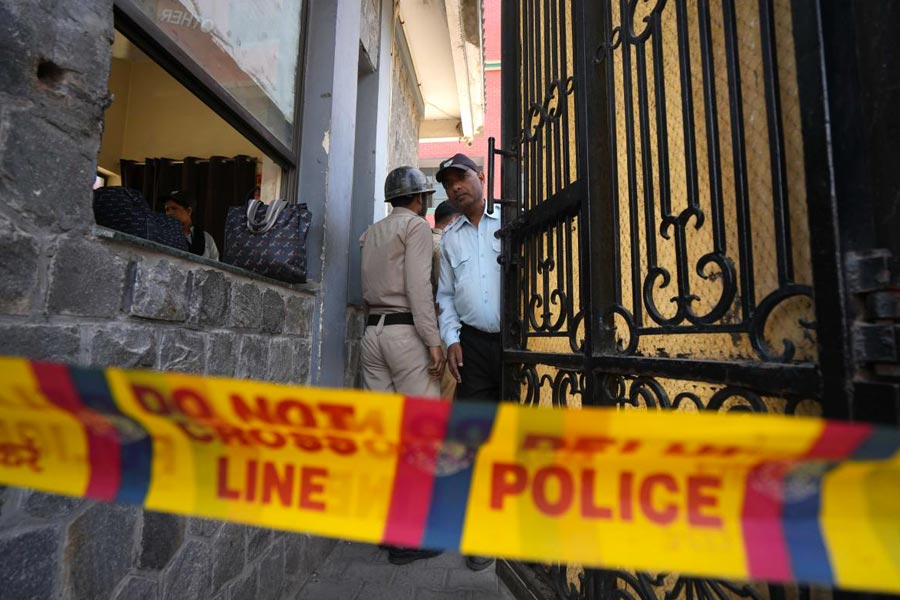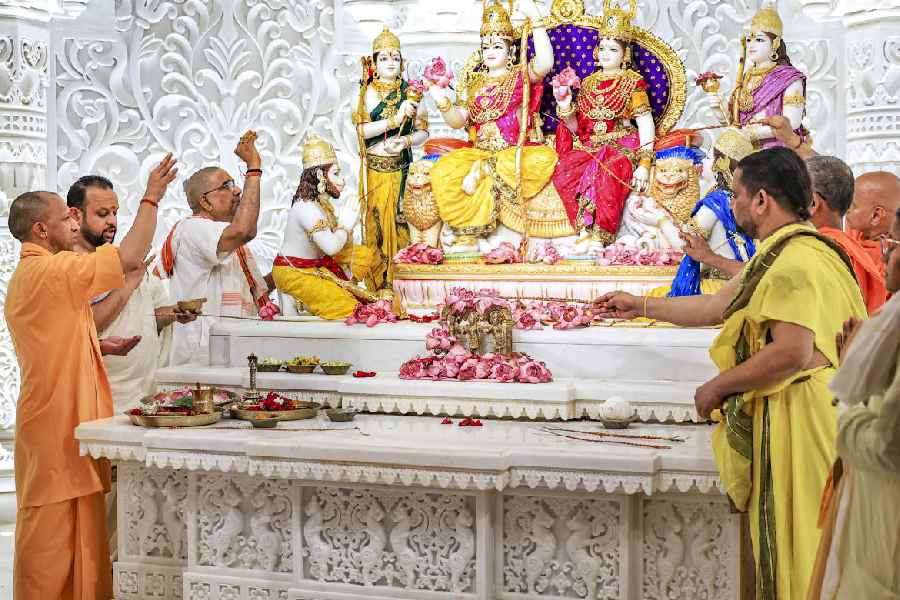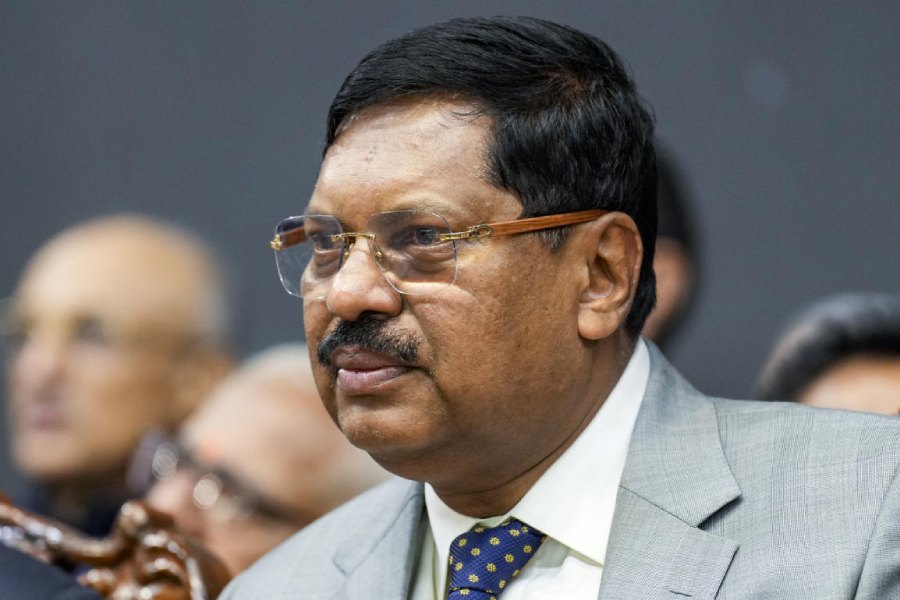|
|
Smoke and mirrors: An experience of China By Pallavi Aiyar, Fourth Estate, Rs 395
Till a few years back, there wasn’t a direct flight connecting China and India, the world’s two most populous nations that share a lengthy border, an ancient history and a love for Raj Kapoor’s films. This lack of easy accessibility, expectedly, bred both fear and stereotypes among the people. Sitting on a China Eastern flight, in 2002 (a direct link had been established by then), Pallavi Aiyar could only think of bicycles, “an exotic cuisine”, a difficult language and an inscrutable people when she thought of the land she was about to visit.
Her perceptions would change, in the course of the next five years, as Aiyar lived and travelled across China, learnt Mandarin, changed jobs (working as a “foreign expert” in the erstwhile Beijing Broadcasting Institute, then as a freelancer and, later, as a consultant with the CII), and made friends inside the Forbidden City. This is a story of a changing China through the eyes of a visitor who is both intelligent and affectionate.
Aiyar discovers a country developing rapidly: having built the world’s biggest dam, highest railway line and the fastest train, it had begun work on the largest airport. In the process, it was also busy effacing an older, and perhaps fairer, way of living. The hutongs — elegant, ornately built neighbourhoods dating back to the Yuan dynasty — are being mowed down and replaced by the glint of steel. There is also the reformed hukou, “an internal passport”, to check the migration of poor peasants into the gleaming cities. Cherished revolutionary ideals such as equality of labour are on the wane, and the State itself is on a tightrope walk, balancing the contradictions between the Market and Marx, often with disastrous consequences. Compared to India, China enjoys better healthcare and has higher literacy.
But Aiyar’s account of the Chinese Communist Party’s attempts to first deny, and then conceal, the real extent of SARS to the world and to China’s people reveals a society that is dangerously oppressive. The State’s strategy to ‘market’ Zhongdian in Yunnan, bordering the Tibet Autonomous Region, as a new Shangrila to the rich is chillingly devious as is its intolerance of opposition. The infamous Henan blood scandal, in which the entire province’s blood supply got contaminated by the HIV virus, is also a pointer of spiralling corruption and avarice.
But Aiyar is not unaffected by China’s beautiful people. The tales of Mr Wu, her landlord, who called only at dawn and took her out on dinners, the ancient, toothless Lao Tai Tai with bound feet, and the boisterous mahjong-players make Aiyar’s work richly anecdotal. There is also humour, in just the right dose. Aiyar recalls her initial perplexity with Beijinghua, a local dialect, which made all conversation sound like an endless snarl.
Aiyar’s experience also enables her to reflect on the challenges that bind China with her own country: endemic corruption, environmental degradation and a teeming populace. She also notes the many differences: in economy and politics, among students’ attitudes and in the collective responses towards women and food. But there are quaint similarities, such as the manner in which Hindi and Chini passengers scramble to their feet and push and shove to open overhead lockers when an aircraft lands.
Aiyar’s language and style are crisp, but the editing surprises occasionally: ‘none’ is used as a plural (p. 96). But these are too few to spoil Aiyar’s pleasant writing.











